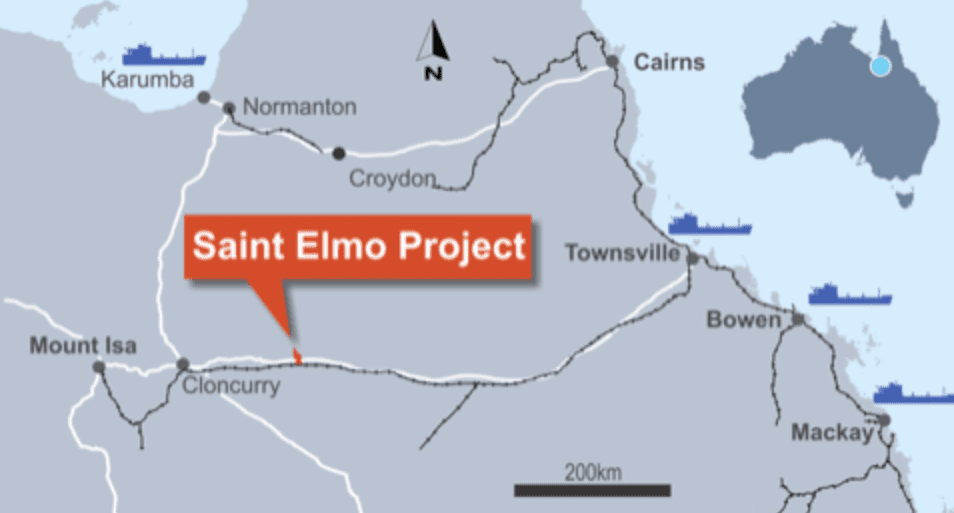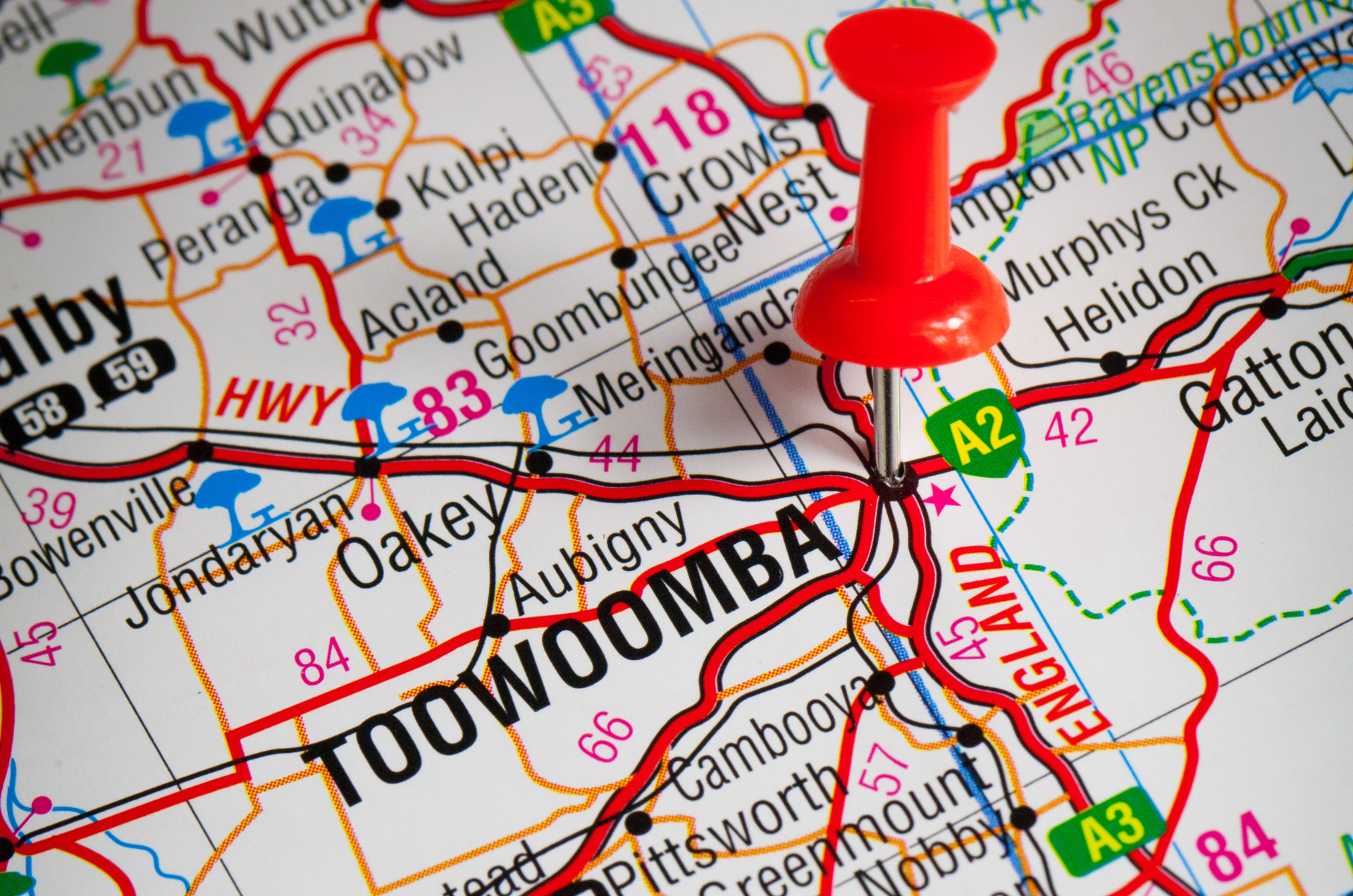The ‘smart communities’ concept needs to be extended to the regions and assist with some of the challenges often experienced in a rural area. The resources that mining and resource companies are chasing are often located in rural and regional areas. For example, the Isaac Region, encompasses 58 862 square kilometres of fertile plains, rich soils, beaches and coal mines in the mineral rich Bowen Basin. Mining is the region’s largest employer with 25 operating coal mines producing 42% of QLD’s saleable coal .
The Mining and Resource companies that are often introduced, later in the life of the town and therefore may present the town with many opportunities. Another important consideration is that Australia is one of the most urbanised nations in the world, with an oft-quoted figure of 85% of the population living within 50km of the coast of our very large continent. Though this may be the case, I believe that what we should be focusing on is creating thriving and rural and regional communities .
From the Central Queensland perspective (I am always biased!) this would mean focusing on our regional communities of Mackay, Emerald and Rockhampton. When the regions are supported the towns are supported.
The relationship between the city and those who reside there is often strained under the issues plaguing the settlements. Finding the balance between service and amenity provision, transportation requirements, appropriate housing mix and costing, locational equity and unrelenting economic growth often leads city-goers with both a reliance on the convenience of the city, and a resentment of the issues that stem from such convenience.
Traditional urban planning practice tasks itself with overcoming these struggles. It has been the town planners job to find the balance between the social wellbeing of the community and the sustained prosperity of the economy. However, over the course of the previous few decades, one phenomenon has risen to the forefront of modern city planning and is likely to be the greatest influences on the cities of tomorrow; the ever-advancing state of technology.
Smart Cities:
With technology likely to be the greatest influencers of the future of the urban landscape, huge opportunities and implications arise for the coming generation of planners. The evolution of modern technology in the digital era and beyond has driven the possibilities of sustainability and productivity in the future urban landscape beyond any extent imaginable. With initiatives like artificial intelligent and data capture systems being implemented in cities today, more and more of city life is shifting towards data and efficiency.
The ‘Smart City’ concept refers to an integrated, connected and networked urban space. Smart cities combine technological advancements with forwards thinking urban planning policy to allow the development of networks, whether these be transportation or data orientated, throughout an urban space. The concept allows for feedback, monitoring and even the implementation of technologies into longstanding urban planning traditions to better the livelihoods of a city’s inhabitants.
In the smart city, information is key. This is where the technology sector plays its most crucial role. Automation and information networks are already being proven in smart city prototypes around the world to allow improved environmental sustainability in the ways we work, travel, eat, play, interact and live in the cities.
But the information network connecting all of the people places and things in the smart city is limited only by scope. These technologies have already contributed to urban efficiency at a scale that has never been seen before, proof that cities can benefit enormously from the technology, how far could these boundaries and technologies be pushed?
Smart Regions:
What if we could take the information networks and innovative efficiency principles of a smart city and expand them across our regions. Australia’s regions face massive shortages in skills, funding and infrastructure; however, this doesn’t have to be the case in the ‘Smart Regions’ future.
We dont expect all of the services all of the time, however, we expect some of the services some of the time.
Expanding on the concepts of the smart city, the smart region expands these outwards, to the rural towns and isolated areas that need the technology as much as anywhere else. Considering the role that regional areas play in Australia’s export market, and economy as a whole, it seems short-sighted to not ensure that these areas are as for along the innovation curve as the rest of the country. The smart region concept allows these vital regional areas to identify the existing and forecasted requirements of the regional population and regional economy, aiming for a proactive response to these needs. With the smart city concepts also extending to aspects of urban life like transportation systems, the way the populations and resources of the Australian regional landscapes can be moved can be more efficient and sustainable, with almost all aspects of these regional landscapes having the potential to transform through technological advancement.
Locational inequity is another one of the issues that the smart regions concept can begin to overcome. Inner-city locational inequity is targeted by smart city concepts through the city’s information sharing networks, used to understand which inner-city locations have the worst connections to vital services or amenities, and reallocating these services or amenities to meet the areas’ needs. This concept could potentially be scaled up to the regional level. Using these information networks to outline areas around the region with the highest patient to doctor ratio, or areas with a lack of suitable retirement options for the areas demographic age. As neither the individuals or the country can afford the entire of the regional populations living Australia’s many coastal cities, ensuring that those who choose to support the country’s regional economy receive the same level of services, infrastructure, amenity and opportunities as those who reside in the cities is essential to the future growth of some of the nation’s most vital economies.
Where are we now and where do we go?
While many of the technologies required for a ‘Smart Region’ concept to be put into practice today, infrastructure, funding and leadership holds these initiatives back. While efficiency is at the forefront of almost all urban planning practice, there are always to be setbacks in adopting new technologies into public infrastructures. Especially with these technologies evolving at such an unprecedented rate, the implementation of initiatives cannot keep up with the innovation curve at which the technology is hitting the market.
However, that’s not to say nothing is being done. Australia is rolling out more and more smart city initiative aimed to improve urban life, with these likely to serve as the precursors to the smart regions initiatives. With communications networks, smart infrastructure, environmental monitoring and digital security initiatives already in place across Sydney, Brisbane and Melbourne, among other cities throughout the nation, Australia is already underway with the beginning of its smart city revolution.
This has even begun to spill over into Australia’s regions, with what may be the first steps towards the smart region. With the smart regions concepts being adopted by governments and policy makers, strategies to forward these innovative practices are quickly becoming Australia’s future direction. Take for example the Mackay Resource Centre of Excellence. The development will be centred around research and innovation in mining technology, equipment and services, and will serve as a hub for training and information sharing for resource projects in both the Gailee and Bowen Basins. With the centre aiming to better connect the region with its urban centre in Mackay, the smart initiative has the potential to both support the local and regional economies and, most importantly, populations.
What it all means:
Faster growing cities means faster growing inner-city problems. It is these problems, and technology’s answers to them, that have driven the ‘Smart City’ movement of recent years. While the smart city vision is crucial for the sustainability of our urban areas, it is important to remember the city’s role in the entire regional context. While the city is generally the hub of technology and innovation in the region, the regional areas provide much of the backbone of the regional economy. It is necessary that these regional economies, and the populations that sustain them, be supported in the new wave of technological advancement. The smart regions principles that are beginning to be established are the key to ensuring the balance of economic, social and environmental advancement throughout the region, not just in the city.




